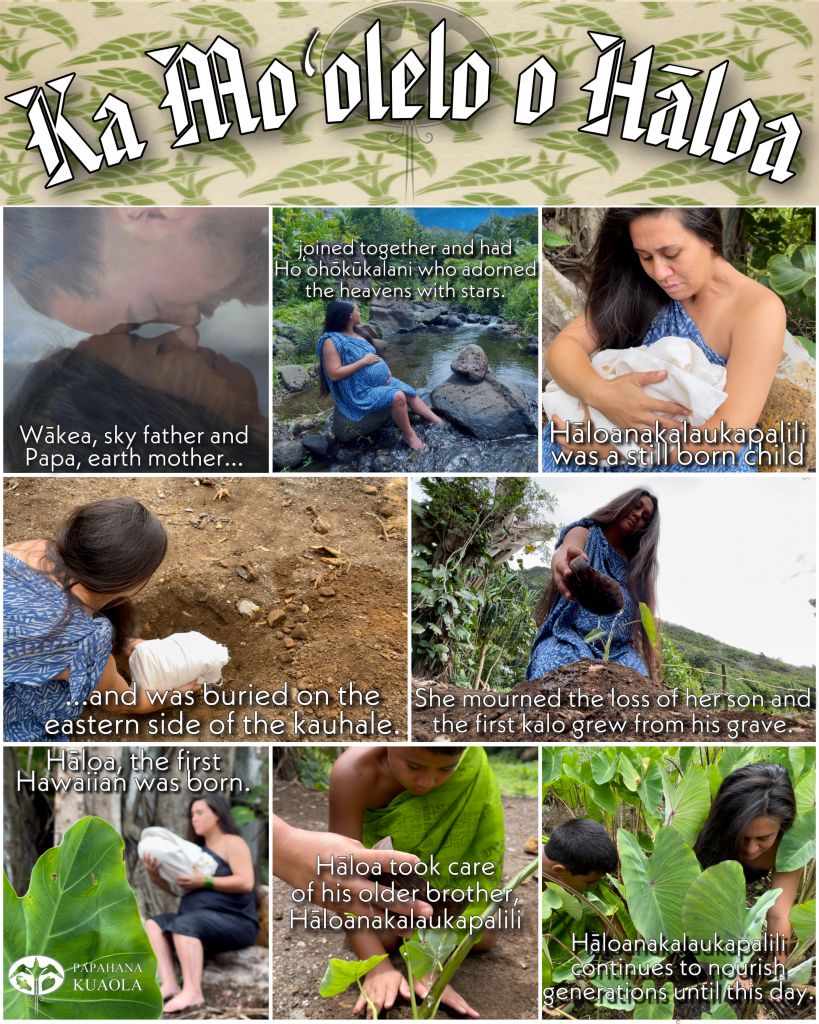Moʻolelo Monday
On the first Monday of the month a traditional or modern moʻolelo depicting the culture, values, language or traditions of Hawaiʻi, will be shared through a virtual platform. These mo‘olelo promote literacy within the classroom and home, and encourage ʻohana to read and learn together. Moʻolelo are shared by staff and guest storytellers.
MOʻOKALALEO
In the 1820’s, Kauikeaouli, Kamehameha III was the catalyst for the rise of literacy in Hawaiʻi. He stated, “ ʻO Koʻu Aupuni, he Aupuni palapala koʻu. My kingdom shall be a kingdom of literacy”. Within our moʻokalaleo, we share a literacy component that extends our moʻolelo journey.
Moʻo ʻŌlelo
Weekly, a Mo‘o ‘Ōlelo, a succession of Hawaiian words or phrases will be shared. The mana‘o behind each word or phrase relates to the mo‘olelo being presented. This component will enhance cultural awareness and knowledge through Hawaiian language.
I kēia mau lā, he mea nui e mālama ana i ko kākou ola kino pū nō ko ko kākou ʻohana ola kino.
E komo i ka pale maka, holoi i kou lima a noho ma ka hale inā maʻi ʻoe!
These days it is important to care of our health as well as our ʻohana! Wear a mask, wash your harnds and stay at home if you are not feeling well.







